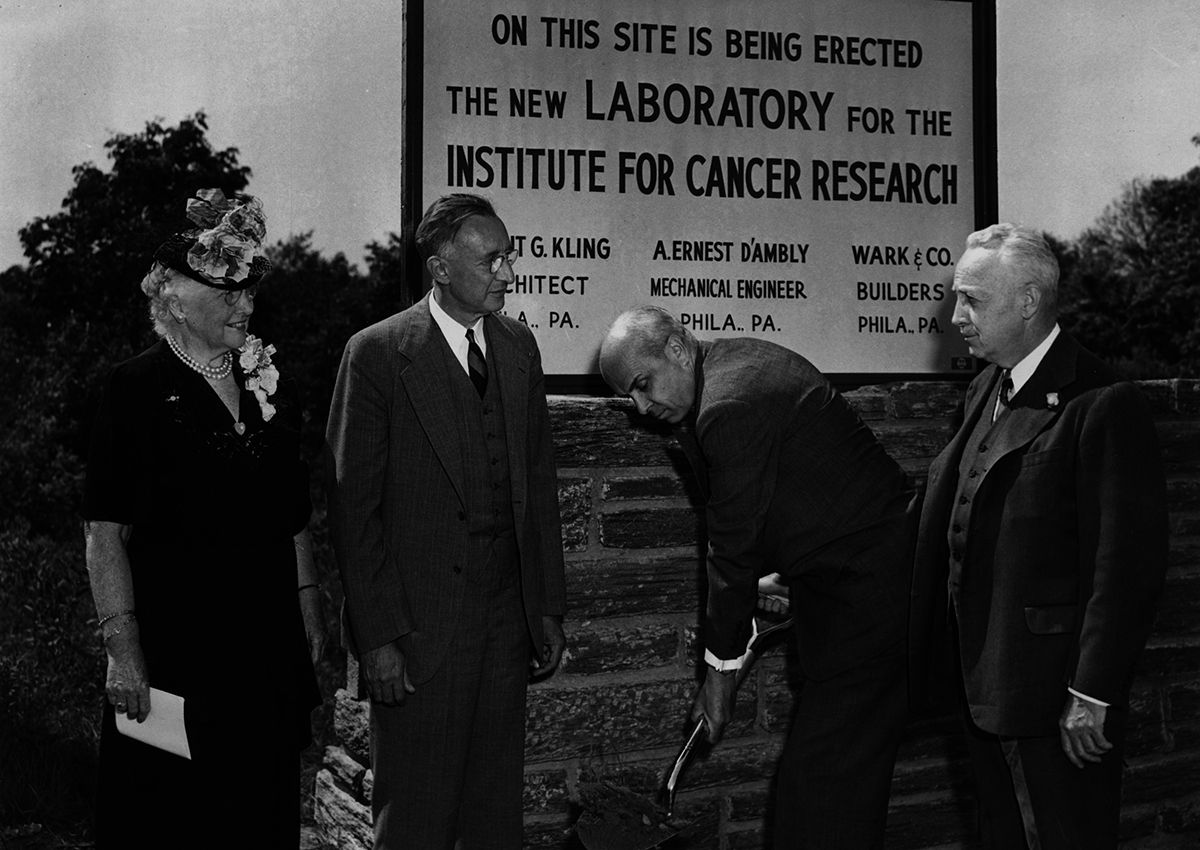
Discoveries made at the Fox Chase Cancer Center have been central to our understanding of the biology of the human immune response. These foundational studies, some dating back over 60 years, explained how the host response can prevent infections that could lead to cancer, or conversely how such responses could exacerbate tumor formation and growth. The groundbreaking studies summarized below also nucleated entirely new research directions (such as cancer vaccines), and potentiated recruitment of a cadre of exceptional immunologists who continue to make pioneering studies in the fields of developmental immunology, antiviral immunity, and cancer immunotherapy.
Research in basic immunobiology at Fox Chase, then called the Institute for Cancer Research (ICR), began in the laboratory of Eberhard Weiler (ICR 1960-68). Weiler was particularly interested in a phenomenon referred to as “immunologic memory”, which we now know to be the basis of immunization. During the course of his work, involving transfers of lymphocytes from antigen-exposed mice to naïve and irradiated recipients, he showed that memory resides in the lymphocyte fraction, a transformational observation. He further showed that antibody producing cells arise from lymphocytes, and developed tools to study antibody production at the single cell level. Doing so allowed him early insights into the process of allelic exclusion (in which individual cells produce antibody from only one allele), a topic that was revisited decades later during the era of molecular immunology.
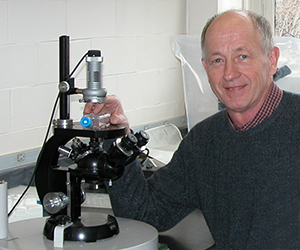
Melvin Bosma (ICR, 1966-2004), who trained with Weiler, continued to pursue the origins of antibody diversity, and in the 1980s, his laboratory discovered a novel severely immunodeficient mouse mutant, the Scid mouse, that failed to make serum immunoglobulin (Ig). These mice also had faulty T and B cells, owing to the presence of broken DNA and hairpin loops at recombination junctions of developing lymphocytes. These observations would prove to be crucial to the field of DNA damage and repair, and Bosma’s Scid mice remain a key tool in cancer immunology to this day.
The theory of “immune surveillance”—that the immune system recognizes and destroys cancer cells, connects immunology and cancer. Richmond Prehn (ICR, 1966-76), asked how tumor cells could evade immune surveillance. He showed that an ongoing immune response could actually promote, not inhibit, tumor growth, a concept that was heretical at the time, but that we now know is due to the pro-growth consequences of the inflammatory response. Subsequent FCCC faculty, such as Joan Font-Burgada, hired decades later, established their careers based largely on these ideas.
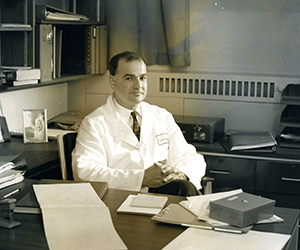
Baruch (Barry) Blumberg and his extensive team of clinicians, scientists, and epidemiologists were awarded the Nobel Prize in Physiology or Medicine in 1976 for the discovery of hepatitis B virus—a major cause of liver cancer—and for the subsequent development of the HBV vaccine, the world’s first vaccine to prevent cancer. Blumberg’s contributions to virology, immunology, and cancer prevention cannot be overstated: hundreds of millions of humans have benefitted from this vaccine, preventing debilitating and often fatal liver cirrhosis and hepatocellular carcinoma. These transformative studies nucleated a world-class cohort of hepatitis virus researchers which included Jesse Summers, Bill Mason, John Taylor, and Christoph Seeger, all of whom would have decades-long careers at Fox Chase studying the replication and pathogenesis of the human hepatitis viruses.
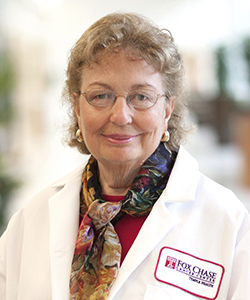
Excellence in virological research at Fox Chase was not limited to Hepatitis viruses. Susan Astrin and Anna Marie Skalka studied the biology of human retroviruses, which include human immunodeficiency virus type I (HIV-1), the causative agent of AIDS. Skalka studied the process by which retroviruses could immortalize host cells, the first step in the crippling immunodeficiency caused by these viruses, and Astrin explored how viruses such as HIV-1 contributed to the initiation of lymphoma. Their findings have allowed the development of new antiviral strategies (such as inhibitors of the HIV-1 integrase protein) to combat retroviral disease.
The 1980s and 1990s were a high-water mark for Immunobiology at Fox Chase, with the collaborative work of Martin Weigert, Bob Perry, Randy Hardy, Kyoko Hayakawa, and others, who brought a structural and developmental immunology focus to the Center. Weigert and Perry studied the basis of antibody diversity using DNA sequencing, an approach that was in its infancy at the time. With this tool, they correctly posited how various DNA regions (called variable, diversity, and joining, or VDJ) were combinatorially joined to result in unique antigenic receptors. In parallel, Hardy and Hayakawa pioneered another new technique, flow cytometry, to exhaustively follow the development of B cells from undifferentiated precursors to antibody-producing plasma cells; the fractionation of B cell development defined by these investigators is still in use today.

Irwin Rose, working with Avraham Hershko, discovered the process of protein ubiquitination at Fox Chase, for which both were awarded the Nobel Prize in Chemistry 2004. We now recognize that protein ubiquitination comes in many flavors, some of which are essential for regulation of immune signaling. For example, non-degradative K63-linked ubiquitin chains are attached onto immune cell signaling proteins to modify their function. Yibin Yang examines how this process can become dysregulated in immune cells, leading to blood cancers.
Today, the application of novel laboratory approaches to address fundamental immunological questions is as robust as ever. As examples, Dietmar Kappes used transgenic and knockout mice, as well as forward and reverse genetic approaches to elucidate the signaling and transcriptional processes that govern T cell differentiation and function. David Wiest also studies T cell development, using multi-color flow cytometry to focus on an understudied cell population, called gamma-delta T cells, that are promising candidates for immunotherapy. Johnathan Soboloff examines how calcium signaling in T cells affects their function. Kerry Campbell studies the biology of Natural Killer (NK) cells, and is seeking new ways of boosting their function for cancer immunotherapy. Cagla Tukel and Siddharth Balachandran study how host cells mount innate immune responses to viruses and bacteria, and then exploit these fundamental observations to develop novel anti-cancer modalities.
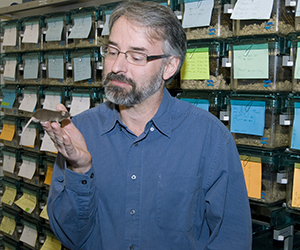
Exciting new areas of CFI research, initiated by the recent recruitment of Mitchell Fane, PhD and Yash Chhabra, PhD, will examine how he aging immune system becomes dysfunctional and how sex differences affect promotes tumor development and therapy responses